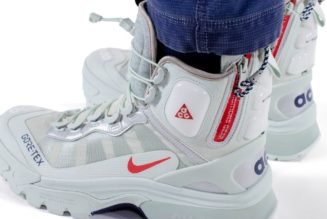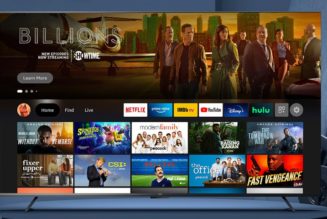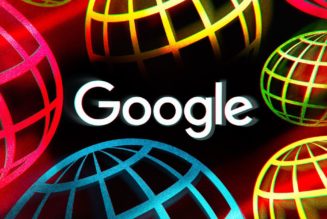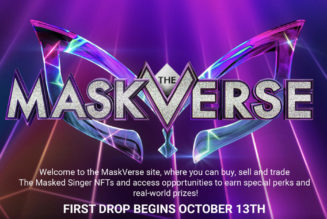/cdn.vox-cdn.com/uploads/chorus_asset/file/23951430/acastro_STK050_04.jpg)
Elon Musk wants Twitter to make money, and apparently, the first place he’s looking is its power users. Over the weekend, we learned that Musk plans to charge $20 per month for a Twitter verification badge, an update that might be rolled out next month. It’s a change that fits with Musk’s plans to make Twitter’s premium subscription service more valuable for its most active users. But verification serves a central trust-building role for Twitter — and Musk’s proposal could erode that trust just as the platform threatens to spiral out of control.
Every social network produces a unique posting style, and Twitter’s design incentivizes something slightly paradoxical: it’s one part newswire, one part nonsense. On one hand, Twitter is like a next-generation Bloomberg terminal where journalists post scoops and live coverage before it hits their websites and where politicians, businesses, and government agencies make official announcements about anything from customer service complaints to hurricane alerts. On the other, it’s the home of @horse_ebooks, Weird Twitter, a plethora of pseudonymous crypto evangelists and fandom stans, the Gorilla Channel tweet, and too many parody accounts to list. The first category benefits from Twitter’s default-public feed and rapid-fire text-snippet format — the second from how easily you can create accounts that aren’t tied to a real name or face and fire off bizarre jokes or hot takes.
At their best, these two Twitter styles are complementary. The inherent seriousness of Newswire Twitter heightens the humor and absurdity of Nonsense Twitter, and the style of Nonsense Twitter bleeds into Newswire Twitter, doing things like turning government consumer protection agencies into memelords. There’s even room for the occasional dose of chaos, like DPRK News: the fake North Korean propaganda feed that’s fooled several news outlets, including The Verge.
A blue checkmark is a vital time-out in the game of Twitter nonsense
But the system works (to the extent it does work) because verification helps separate order from chaos. A blue checkmark is a vital time-out in the game of Twitter, signaling that you can reasonably believe a person, agency, or brand is actually speaking for itself. It removes the guesswork of scanning an account’s tweets and profile to gauge its veracity, especially in a fast-moving situation like a scandal, an election, or a public health emergency. It’s the seal of authenticity that gives serious accounts license to be playful, trusting that readers can check for their credentials.
All of which might sound like an argument for Musk’s new plan. If you’re Beyoncé or McDonald’s or the Associated Press, $240 a year isn’t much to pay for preserving that sense of trust.
But for a huge portion of individual Twitter accounts, the badge’s value seems more nebulous. A lot of those aforementioned government agencies are already pinching pennies, and your average municipal health or police department probably won’t keep a verification badge around just in case it needs to suddenly tweet about a local emergency without being mistaken for a troll. Many celebrities may simply gravitate toward platforms like Instagram, where they can get verified for free. There’s a chance Twitter sparks a trend of paid verification everywhere… but a greater chance that Instagram, TikTok, YouTube, and other platforms see it as small potatoes compared to their core advertising and revenue-sharing businesses.
Twitter needs a verified user pool more than many individual verified users need Twitter
If Twitter verification turns into the province of huge brands and a few assorted thinkfluencers, the pool of participants in Newswire Twitter dramatically shrinks, and that diminishes the value of Twitter for those big brands and celebrities as well. $240 might not be a lot of money, but employing a social media manager costs a lot more; why pay them to post on a site where most accounts aren’t seen as trustworthy? It also cuts against Musk’s claim that trust is already a huge problem for Twitter, removing one of the few signals available for building it. As misguided as his claims that he would “verify all humans” seemed, taking the exact opposite tack doesn’t make a lot of sense, either.
I think there’s a reasonable argument for some kind of paid verification. A nominal maintenance fee, for instance, would fix the real problem of abandoned verified accounts getting hacked and taken over by spammers. (It’s not the only way, of course — you could also just require a manual renewal for inactive accounts.) More generally, Twitter verification has been a huge mess for years — sporadically available, poorly managed, and granted on confusing and opaque grounds. But a lot of the accounts Twitter most benefits from verifying, like government agencies and activists (or other non-entertainer public figures) who are frequently impersonated by harassment campaigns, are the least able or willing to pay a $20 monthly fee. And to be blunt, Twitter needs a verified user base more than a lot of individuals need those little blue checks.









